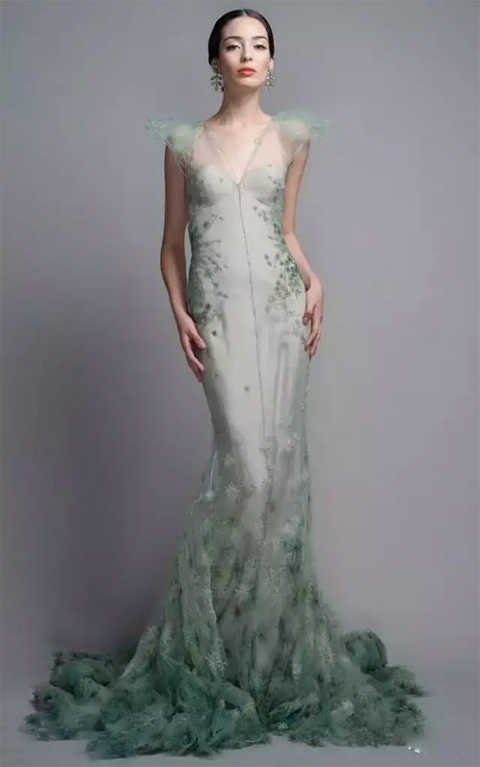What is clothing? In a narrow sense, clothing is a single finger on the clothes, pants, skirts, etc.; in a broad sense, clothing is the material that covers all parts of the human body, including various decorations.
In this way, we can define the clothing material: the material used to make the garment. Not only the materials used to make clothes, but also the materials used to make other accessories.

1. What is clothing material?
In ancient times, when textile technology was not invented, our ancestors used animal skins, leaves, and feathers as their clothing fabrics, and stone and shells as clothing accessories.
In the modern era, with the development of textile technology, we can not only fabricate cotton, silk and wool into fabrics, but also synthesize chemical fibers that are not found in nature, and weaving them into fabrics with excellent performance.
For fashion designers, clothing materials are far more than that. In their eyes, it is no exaggeration to say: Everything is a clothing material. As long as you look through the clothing magazines over the years, it's not hard to find that both avant-garde and unguarded domestic and foreign designers have almost moved everything they can imagine to the model: plastic, paper, wood, steel. and many more.
With the rapid development of modern science and technology, apparel fabrics are not only the problem of spinning and weaving, but also a variety of high-tech fabrics. As a fashion designer, you should understand the materials in each relevant field, in order to find more materials to express your own design ideas.

Second, what are the basic properties of clothing materials?
1, moisture absorption performance
Hygroscopicity is one of the essential properties of clothing materials. Good moisture absorption performance makes people feel comfortable when wearing, and absorbs sweat discharged from the body in time to adjust body temperature.
From the perspective of the organization of the clothing material, the knit material has better moisture absorption performance than the woven material, and warp knitting is the best. In actual use, the absorbent material should have a lower hygroscopicity than the undergarment material.
2, moisturizing performance
Insulation is one of the essential properties of clothing materials. The more static air contained in the textile fibers, the stronger the insulation performance.
For example, the wool is more fluffy than the cotton thread and the insulation is better. The fabric with loose texture is stronger than the fabric with tight texture, the insulation of woollen wool is stronger than that of worsted wool, and the natural fiber has better heat preservation than chemical fiber.
3, elasticity and strength
Elasticity refers to the ability of a garment material to return to its original shape after being deformed by extrusion. Generally, natural fibers have better elasticity, but their ability to recover from the original state is also weak. Synthetic fibers, especially polyester, have a strong ability to restore their original shape, making the garments more sturdy.
4, breathability
Breathability is the performance that regulates the comfort of the human body and is closely related to human health. The strength of the gas permeability depends on the density, thickness and surface shape of the material structure. When selecting, it should be carefully selected according to the design intent.
5, soft performance
The softness is directly related to the thickness of the fiber and the softness and hardness of the texture. The softer the material selected, the more comfortable the finished garment will be.
Enter the Red Square brand center
Casual Mens Office Shoes,Men Oxford Dress Shoes,Mens Casual Office Shoes,Mens Leather Walking Shoes
GUANGZHOU ANAX FASHION SHOES LIMITED , https://www.gzanaxleathershoes.com